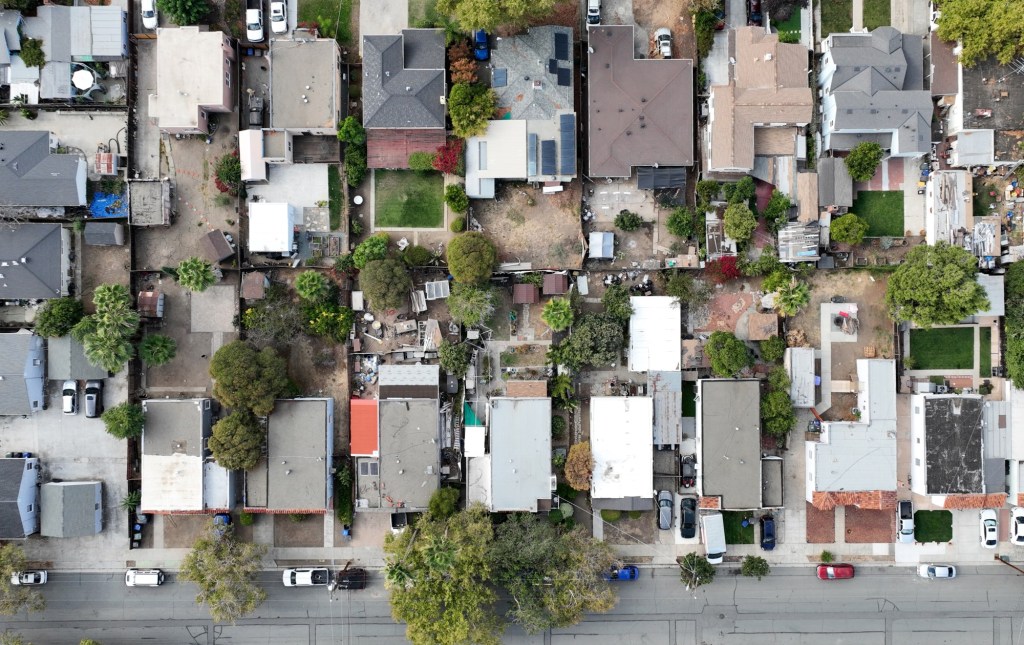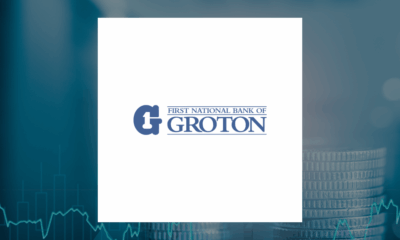Top Stories
Pittsburg Launches $2 Million Urban Forest Plan for Cleaner Air

UPDATE: Pittsburg has just announced a groundbreaking initiative to expand its urban tree canopy, aiming to combat rising temperatures and air quality issues affecting its residents. The city will implement its first-ever long-term Urban Forest Management Plan, fueled by a $2 million federal grant secured from the U.S. Department of Agriculture’s Forest Services in February 2024.
This urgent development is part of a larger $1.5 billion program under the Inflation Reduction Act, specifically designed to support urban tree-planting efforts in disadvantaged communities. With over 75,000 residents, Pittsburg is addressing critical environmental challenges that have left neighborhoods exposed to extreme heat and poor air quality.
The plan begins with a detailed canopy assessment conducted by PlanIT Geo, revealing that only 6% of Pittsburg’s land is currently covered by trees. This figure is significantly lower than the average of 14% to 15% in comparable cities. For instance, nearby Fremont boasts a 14.4% canopy cover, while Pleasanton leads at 25.3%. Alarmingly, Pittsburg’s “tree equity score” stands at 67, reflecting its struggle to provide adequate tree cover, particularly for low-income communities and communities of color.
City officials, including Natasha Farmer from the Pittsburg Public Works Department, are determined to raise the canopy coverage to 10% by 2050, necessitating the planting of nearly 30,000 new trees over the next 25 years. The current tree population includes approximately 37,700 public trees, a number that has grown from 4% in 2010 to 6% in 2022.
Farmer emphasized the importance of updating tree management practices to cultivate healthy trees and improve climate resilience. The plan will also address inequities, ensuring all residents benefit from increased shade and cleaner air. Unlike many cities that draft short-term plans, Pittsburg aims for a 40-year master plan to strategically tackle climate change and budget challenges.
While the city faces limitations—only 29% of its land is deemed suitable for new tree planting due to impervious surfaces—efforts are underway to maximize available space. By January 2029, plans include planting 450 new trees, with half designated for underserved areas. So far, around 100 new trees have been planted, with a further initiative set for 2027 that will offer free trees to residents interested in growing and maintaining them.
For residents like Dulce Bernal, living in a low-income apartment near Highway 4, the urgency for action is palpable. Bernal’s family battles heat and pollution, with one child suffering from asthma. “I have to keep the air conditioner and air purifier system running all the time; otherwise, my child’s asthma gets triggered,” she shared, highlighting the financial strain of ongoing electricity costs.
Similarly, Isebel Morales, who lives in an apartment without air conditioning, expressed frustration over the lack of nearby green spaces. “I would love to go maybe to a green area, but there’s no green area near here,” she lamented. Both residents called for more planting events, emphasizing the need for consistent community engagement in urban greening efforts.
As Pittsburg embarks on this ambitious Urban Forest Management Plan, the focus on enhancing tree coverage will not only enrich the city’s landscape but also improve the health and well-being of its most vulnerable populations. The urgent need for shade and cleaner air is clear—residents are calling for immediate action to make their community a greener, healthier place to live.
-

 Health4 days ago
Health4 days agoRare Brain Condition Discovered More Common in New Mexico
-

 Politics6 days ago
Politics6 days agoPrince Andrew Steps Back from Royal Duties Following Epstein Memoir
-

 Lifestyle6 days ago
Lifestyle6 days agoKent Hamilton Named Southeastern Farmer of the Year at Expo
-

 Health5 days ago
Health5 days agoRemembering Mary Ingleby: A Life of Love, Teaching, and Music
-

 Sports6 days ago
Sports6 days agoMLS Decision Day 2025: Playoff Spots on the Line as Teams Clash
-

 World5 days ago
World5 days agoYoung Driver Dies in Collision with Box Truck in El Cajon
-

 Science6 days ago
Science6 days agoIdaho State University Launches Haunted Science Laboratory on Oct. 25
-

 Politics6 days ago
Politics6 days agoNavy Veteran Max Quattromani Launches Campaign for Assessor Seat
-

 Sports6 days ago
Sports6 days agoSaquon Barkley Reacts to James Franklin’s Dismissal from Penn State
-

 Business5 days ago
Business5 days agoFirst National Bank of Groton’s Quiet Period Ends October 21
-

 Entertainment6 days ago
Entertainment6 days agoTrump Commutes George Santos’ Sentence, Sparks Controversy
-

 Top Stories6 days ago
Top Stories6 days agoCommunity Gathers for Thrilling 25th Annual Chili Fest Today









